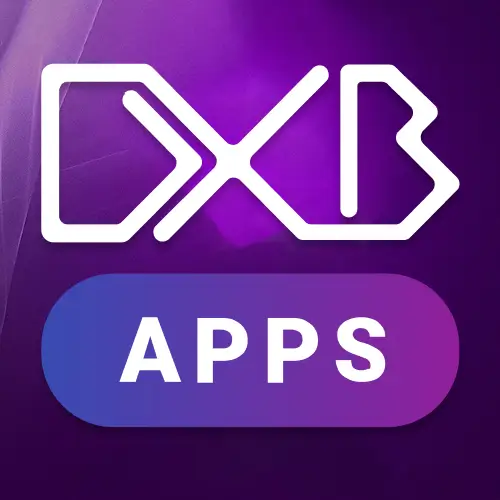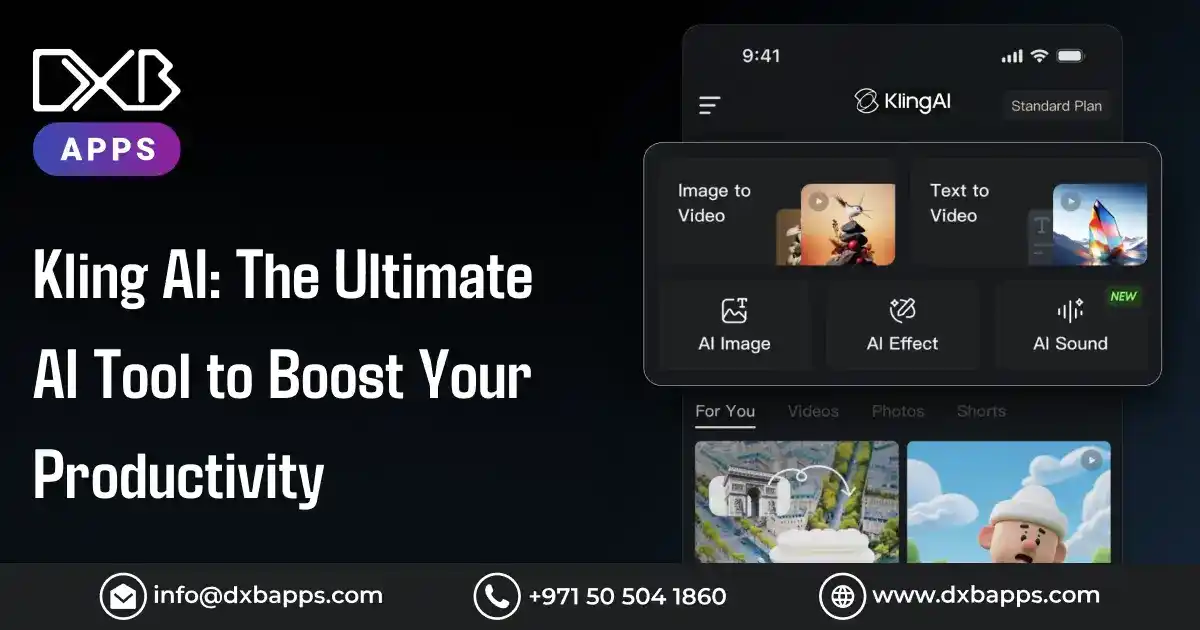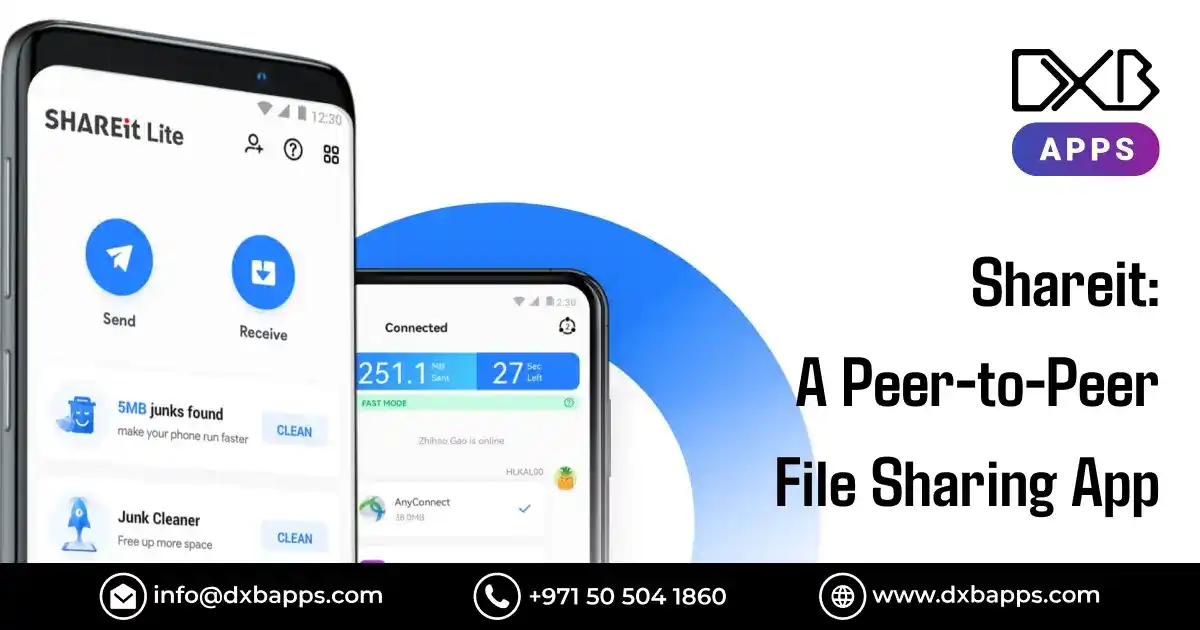The debate regarding factors that define successful apps has been important for growth and participation in business strategies since mobile apps have become a cornerstone for such ventures. Mobile applications have been growing in popularity, with statistics showing that in 2023, they contributed more than 55% of world internet usage. Achievement, thus, goes beyond the number of downloads and active users and the amount of money that apps earn.
Improper measurement of app metrics means that an app is likely to disappoint expectations and generate little business value. By scrutinizing mobile app KPIs, businesses can hone their apps to meet the needs and demands of their users.
"Great apps are built with insight, not just code."
Why Measuring App Success Matters?
Apps are built for one purpose: entertainment, learning, or service. So, how do you measure the success of your app? What makes an app successful? If a business is tracking the right success metrics, it can:
- Gain an understanding of user behaviour.
- Optimize the user experience.
- Drive revenue growth.
For instance, research shows that apps that show retention of more than 25% in the first 90 days are performing significantly better than their competition in the areas of user satisfaction and profitability. This insight is foundational to aligning app strategy with user expectations.
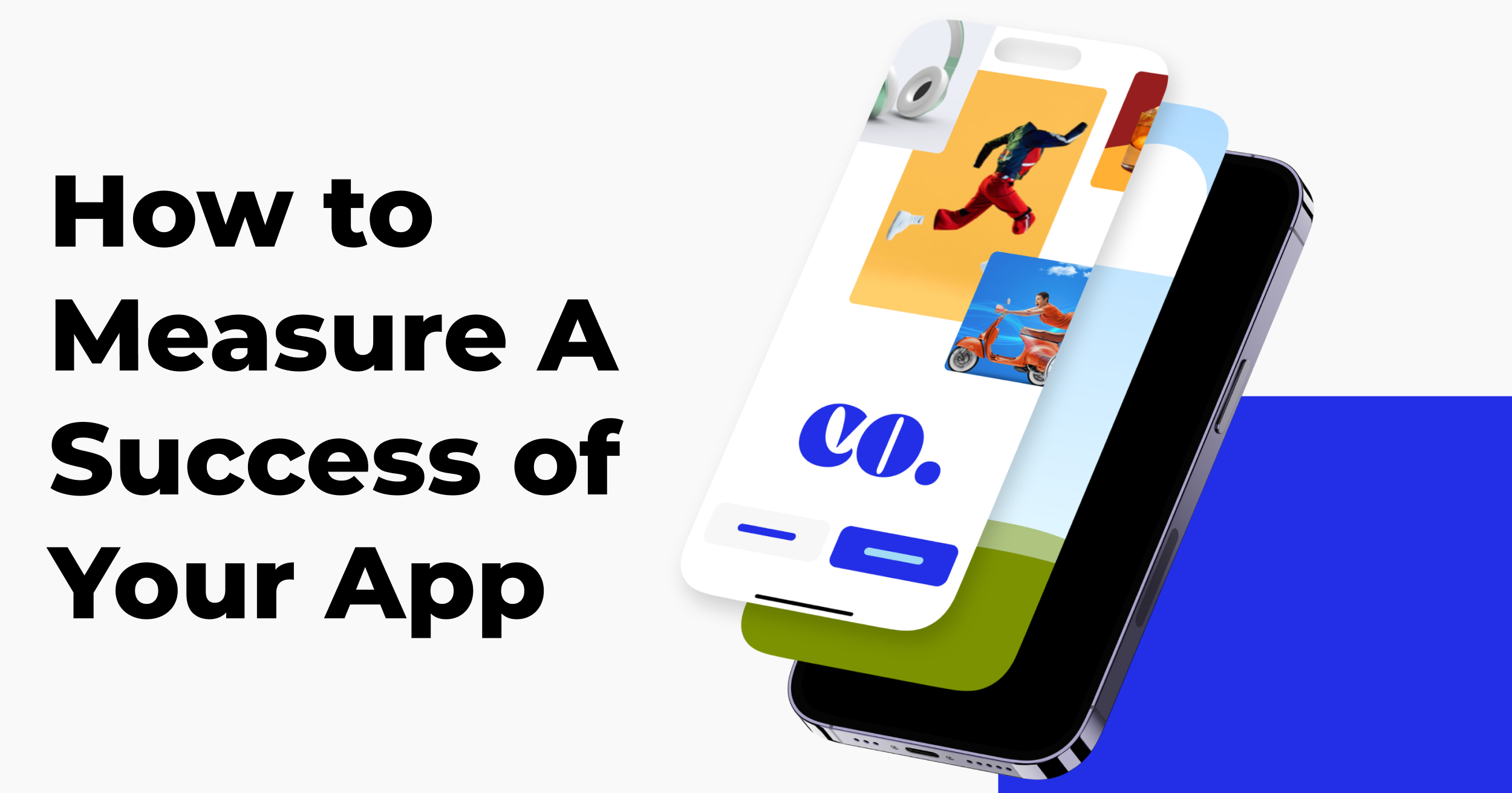
Top Metrics for Measuring the Success of an App
1. Acquisitions
This is the count of how many users download and install your app. It gives information about the effectiveness of your marketing strategies. For example, through social media advertisements, there is an acquisition rate of about 30% higher than organic searches of applications. Knowing from which source your users come in helps in optimizing expenses on your marketing channel.
2. Retention Rates
Retention percentage gives the percentage of returning users to your app after their first visit. Higher retention percentages signify the satisfaction of users and their smooth experience with the app. If an app retains more than 30% in the first week, then there is a 60% chance for long-term success.
"Retention is the new acquisition, and keeping users engaged is the ultimate growth strategy."
3. Session Interval
Session interval measure app the average time between two sessions of app usage. Small intervals represent frequent use and, thus a good sign of engagement. For instance, gaming apps usually try to minimize session intervals so that a user can return every day.
4. Lifetime Value (LTV)
LTV is the total amount a user can contribute when their lifetime is measured. And it's indeed the best measure app of the overall profitability of your app. Only apps with an excellent LTV can significantly invest in user acquisition, thereby ensuring sustainable growth.
Advanced Metrics for Enhanced Insights
1. Active App Users
Metrics like DAU and MAU help to understand how many users use your app daily/ monthly. An app with a DAU/MAU ratio of over 20% will be extremely engaging. For instance, social media applications have traditionally stayed on top to keep a high DAU/MAU ratio so that it does not lose their stickiness.
2. Screen Flow Analysis
This metric tracks how users move from screen to screen. Businesses can determine where drop-off happens and make improvements to user flows to reduce friction and increase conversions. Apps continually optimize their screen flow, and they usually see an improvement of 40% in the end-user experience.
3. Session Length
The time a user spends in a single session is crucial for understanding engagement. Apps with longer session lengths often experience higher in-app purchases. For instance, entertainment apps with engaging content see session lengths up to 30 minutes, driving higher ad revenues.
4. Conversion Rates
For apps with monetization features, the conversion rate is how effective users are in turning into paying customers. Apps with an evident onboarding process have conversion rates that are 50% higher than those that do not have one.
Steps to Measure and Improve App Success
1. Define Your Objectives
Determine what the objectives of your app are. Is it engagement, revenue generation, or customer retention? Clear objectives streamline the selection of the right metrics.
2. Select the Right Metrics
Your goals should be relevant to appropriate metrics, such as the retention rate for engagement or LTV for profitability. This ensures a targeted performance evaluation.
3. Leverage Analytics Tools
Utilize tools like Google Analytics, Mixpanel, or Firebase to track app usage metrics and derive actionable insights. These tools provide detailed reports on user behavior.
4. Iterate and Improve
Analyze data regularly and make changes to improve the user experience and achieve goals. For instance, apps that update their features based on feedback from users see a 20% increase in retention.
Challenges in Measuring App Success
While app metrics have great values provided, their meaning may be correctly interpreted.
1. Data Overload: Identify only relevant metrics to avoid drowning in too many data points.
2. Inconsistency of Metrics: Ensure the data collected from diverse tools does not vary.
3. Variability of User Behavior: Seasonal trends and update changes affect the metrics; interpret data with the right context.
This helps them understand the areas they need to stick around being agile, improving quick responses to changing user demands.
Role of App Metrics in Market Growth
Tracking app growth metrics will keep the competitive edge for businesses. Those apps that track acquisition channels and retention trends actively are 70% more likely to adjust better to changes in the market.
Having such insights will enable businesses not only to improve user experience but also to take the lead in their respective industries.
Building Unmatched Success with DXB APPS
DXB APPS, the leading Mobile App Development Company, creates market-dominating apps. We build apps with cutting-edge technologies using a user-first approach to maximize engagement, retention, and profitability.
Whether it's an eCommerce platform or a utility app, our App Development Dubai team ensures every project is tailored to meet unique client objectives. We integrate advanced analytics to help you track mobile app KPIs effectively and continuously improve performance.
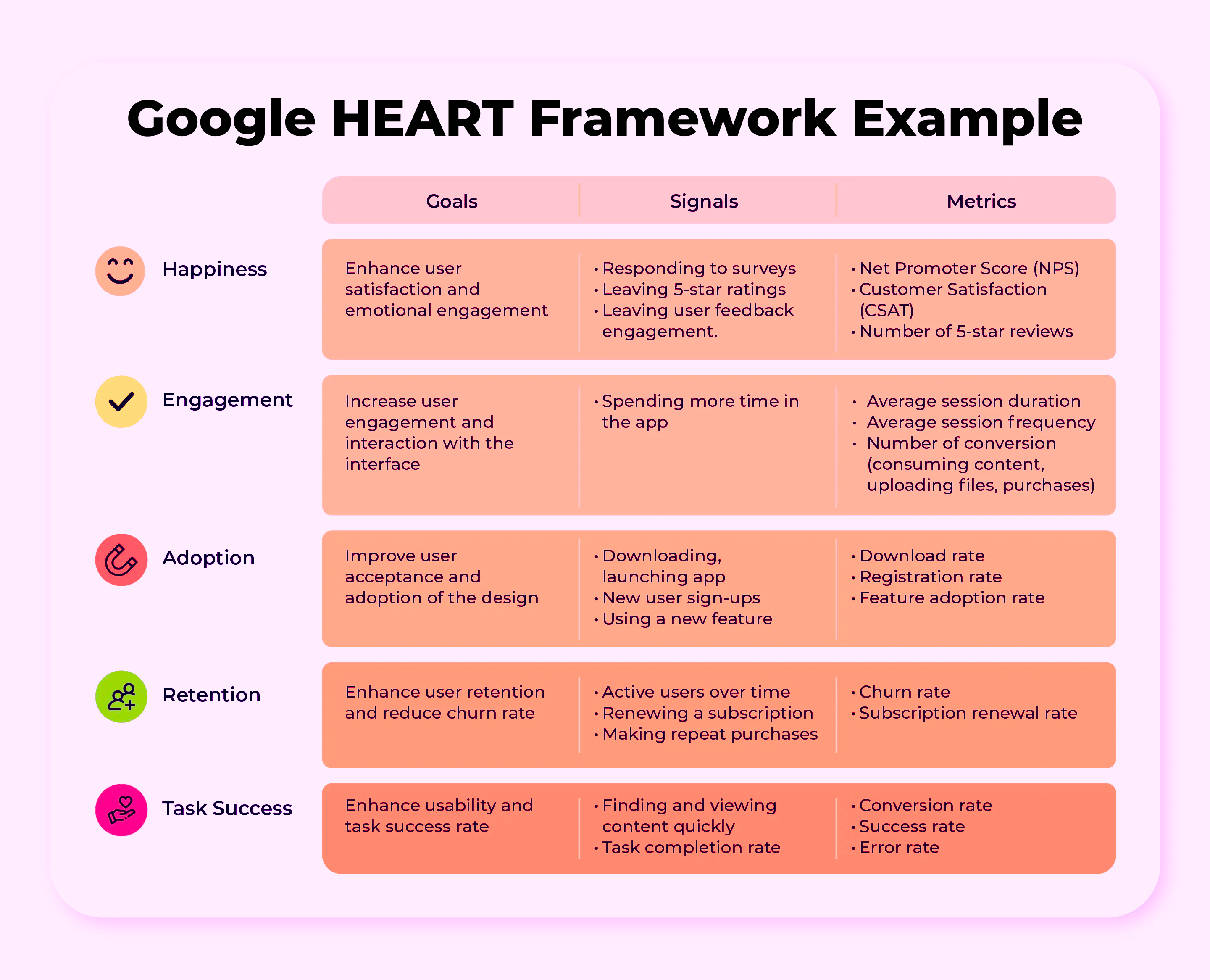
Conclusion
If measured correctly, app success is more than just counting downloads- it's actually the act of knowing what takes place with users, what they engage in, and what brings profitability to the business. The right metrics help companies to fine-tune apps for sustainable success.
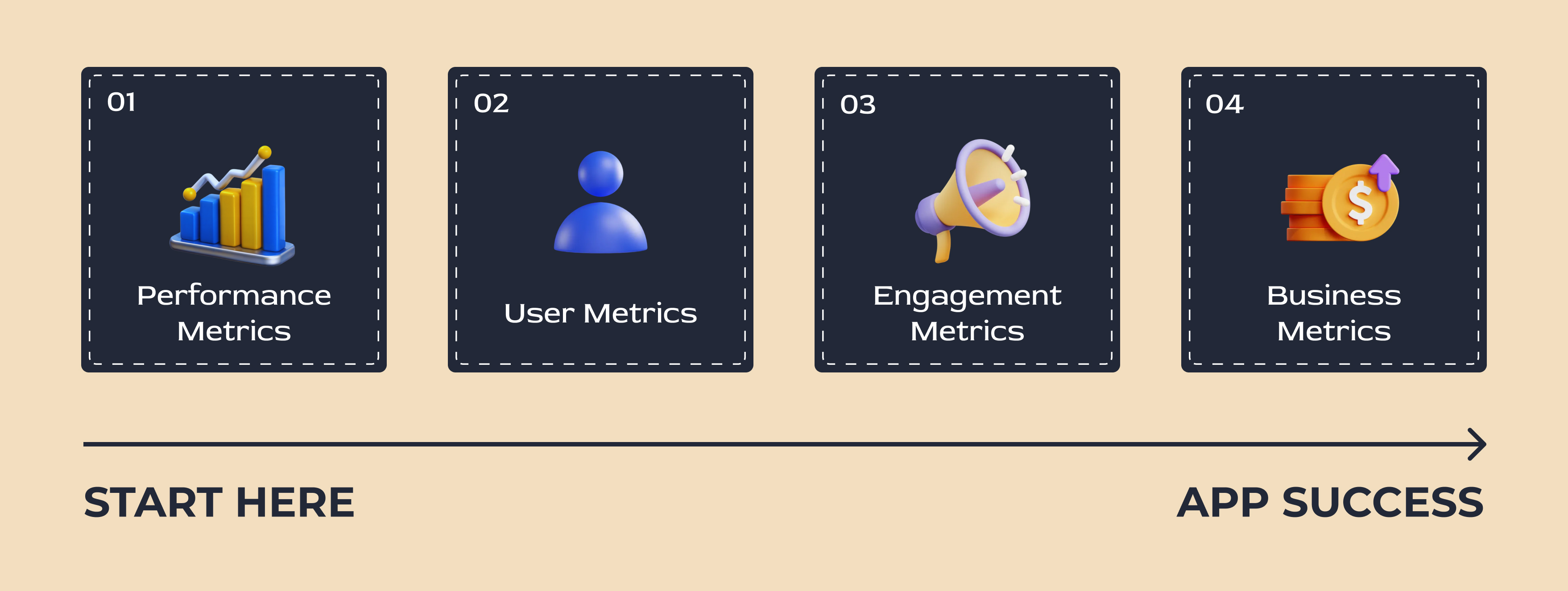
FAQs
1. Which metric is most crucial in determining app success?
The most important metric depends on the app. For an engagement-focused app, retention rates are critical. On the other hand, a revenue-driven app would require LTV.
2. How can retention rates improve app performance?
Retention rates indicate user satisfaction and help identify areas for improvement. High retention boosts engagement, revenue, and brand loyalty.
3. Why is LTV essential for measuring app success?
LTV helps businesses understand the financial value of a user and allocate resources effectively for user acquisition and retention.
4. What's an Active User, and why is it significant?
Active Users (DAU/MAU) refer to how often users interact with your app. It shows growth potential and devotion on the part of the user.



